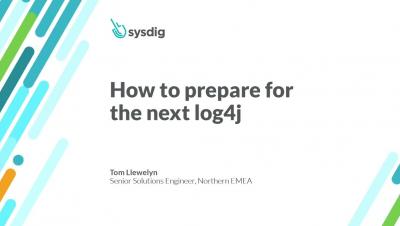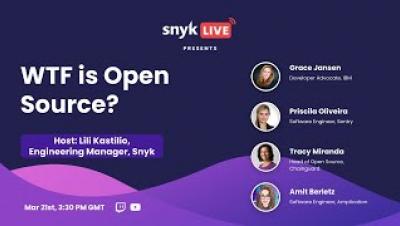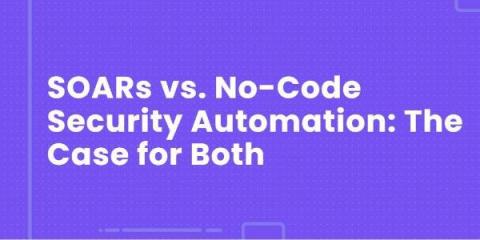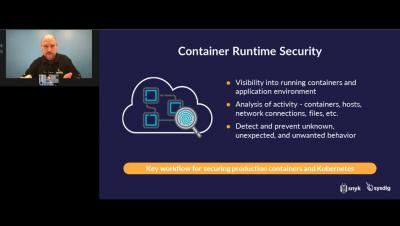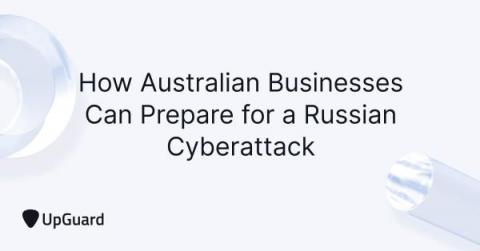Security | Threat Detection | Cyberattacks | DevSecOps | Compliance
Security
WTF is Open Source
Protestware is trending in open source: 4 different types and their impact
A few days ago, Snyk reported on a new type of threat vector in the open source community: protestware. The advisory was about a transitive vulnerability — peacenotwar — in node-ipc that impacted the supply chain of a great deal of developers. Snyk uses various intel threat feeds and algorithms to monitor chatter on potential threats to open source, and we believe this may just be the tip of a protestware iceberg.
SOARs vs. No-Code Security Automation: The Case for Both
Just a few years ago, security orchestration, automation and response (SOAR) was the new buzzword associated with security modernization. Today, however, SOAR platforms are increasingly assuming a legacy look and feel. Although SOARs still have their place in a modern SecOps strategy, the key to driving SecOps forward today is no-code security automation.
Falcon Complete: A Pioneer in MDR
How to Secure Containers and Eliminate Noise from Code to Production with Sysdig and Snyk
Threat-Based Methodology: Configuration Settings
This is the second post in the Threat-Based Methodology series. The first post introduced Threat-Based Methodology and the analysis conducted by the FedRAMP PMO and NIST. That post concluded with a list of the top seven controls based on their Protection Value. This post will explore CM-6 in greater depth and explain how Devo supports the ability to meet this control. CM-6, Configuration Settings, was determined to provide the most Protection Value with a score of 208.86.
Australia and the Risk of a Russian Cyber Attack: Are You Ready?
Given Russia's reputation for highly-sophisticated cyberattacks, the country's invasion of Ukraine has sparked justified fears of an imminent global cyberwar. While, for the time being, Putin’s cyber efforts against Ukraine are surprisingly restrained, this may not be the case for other countries.



